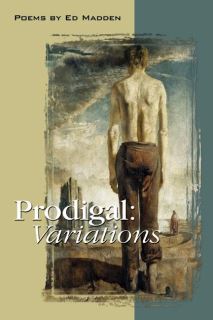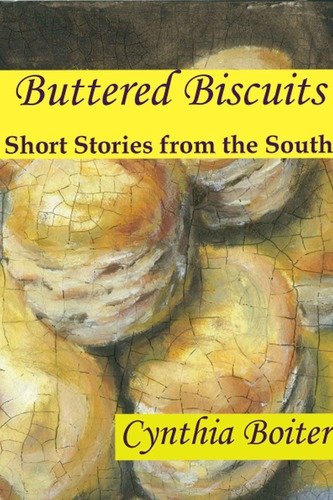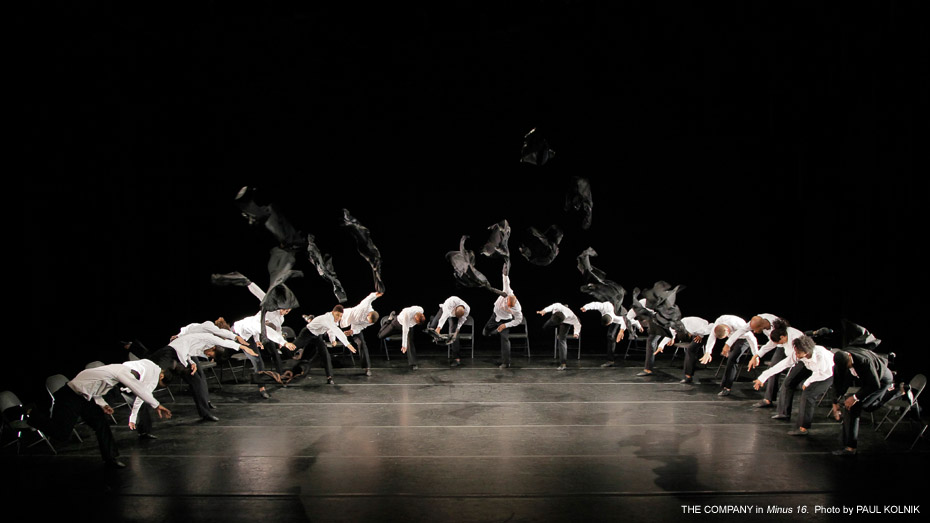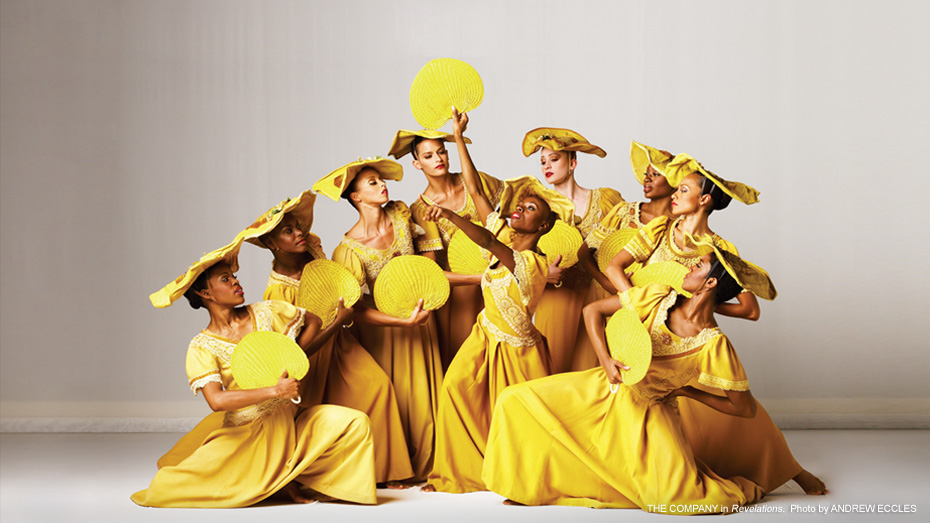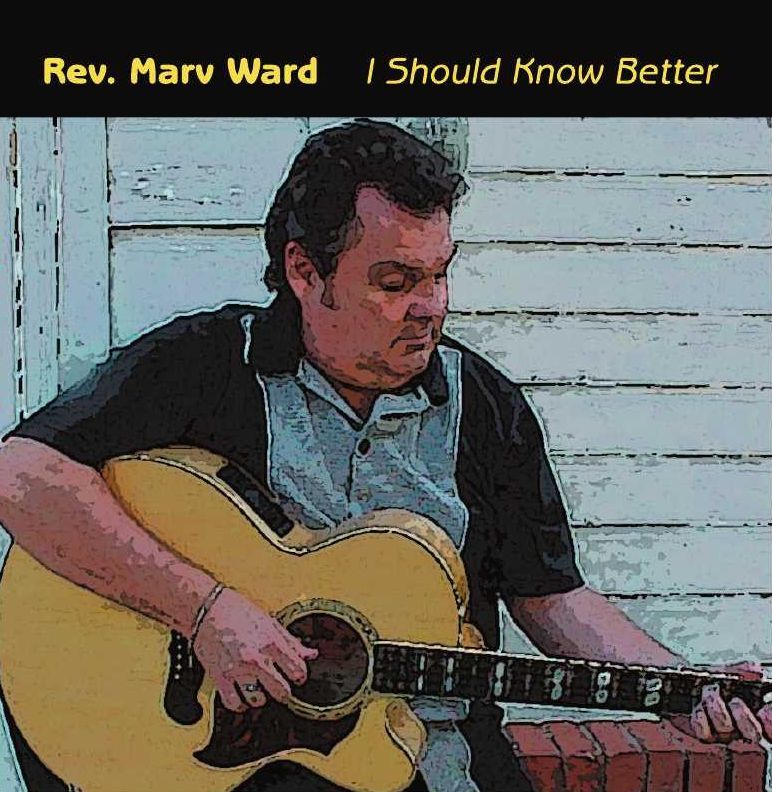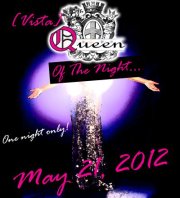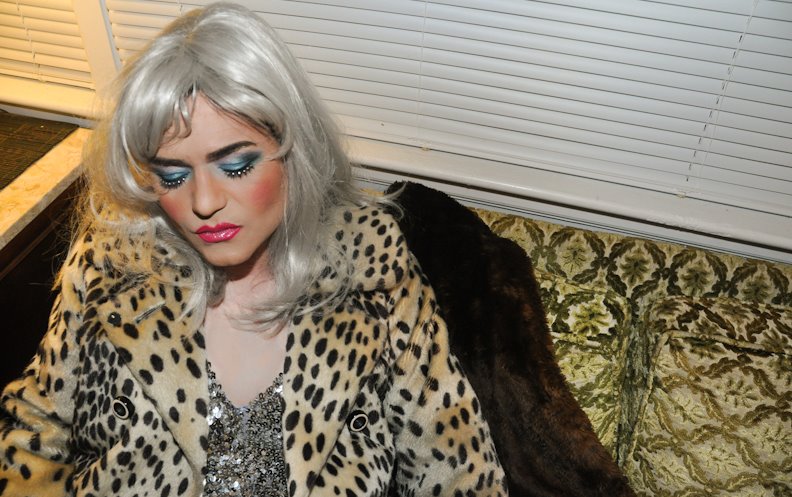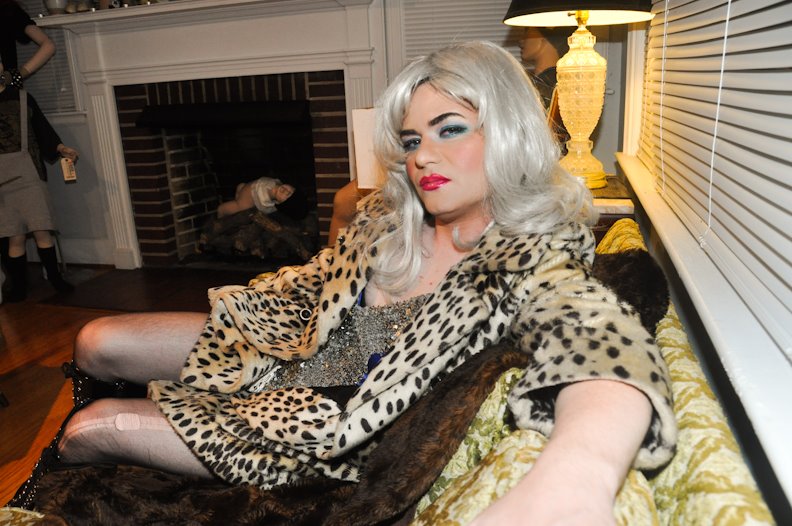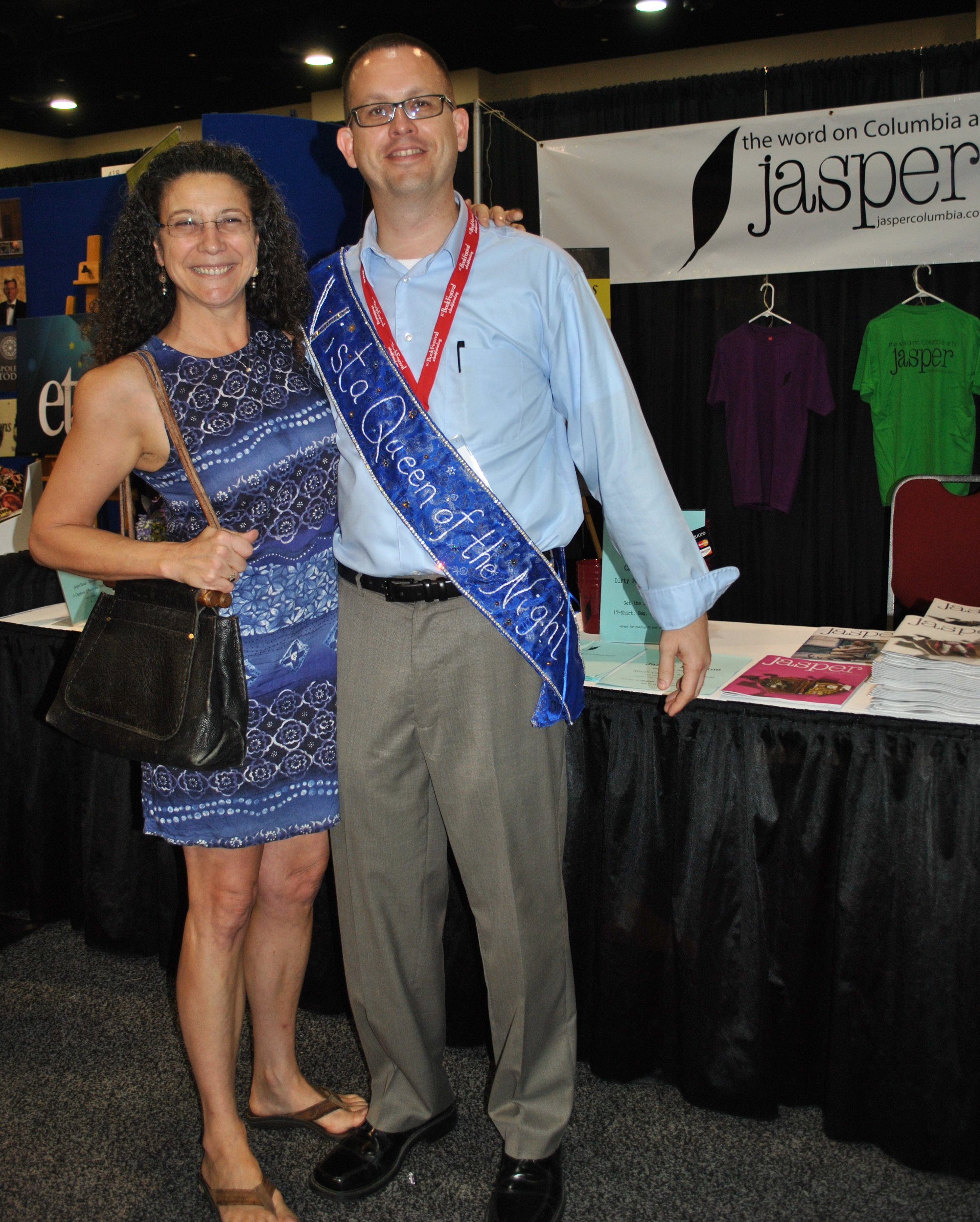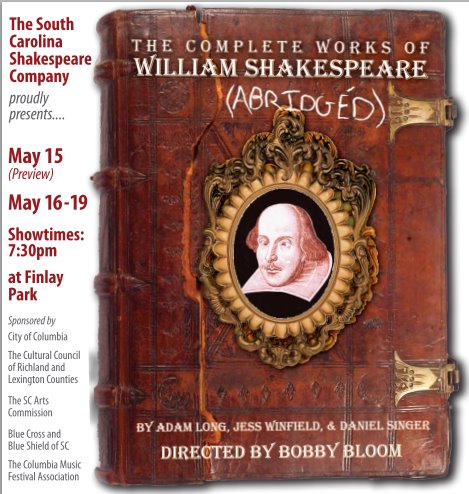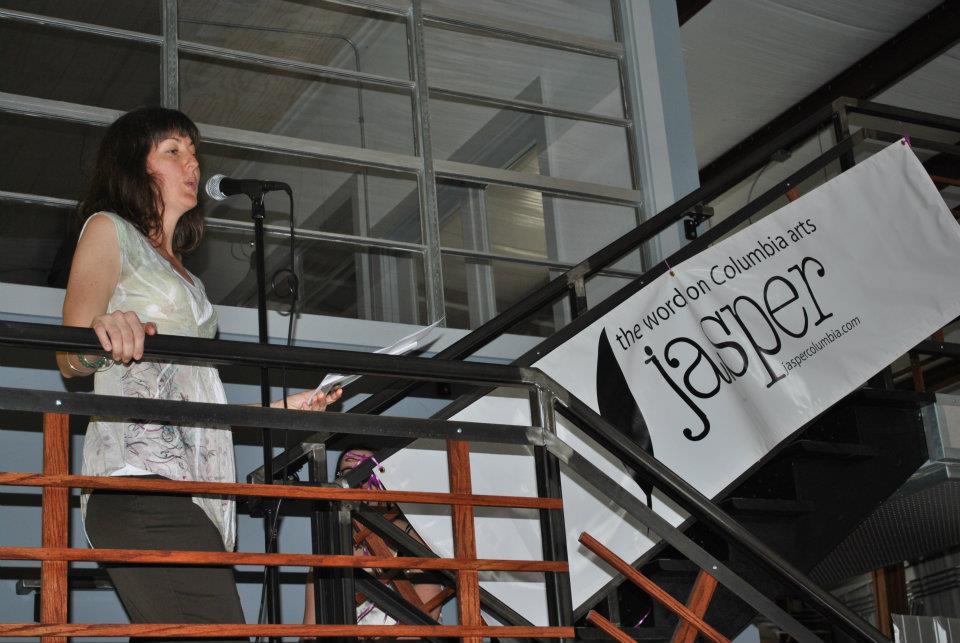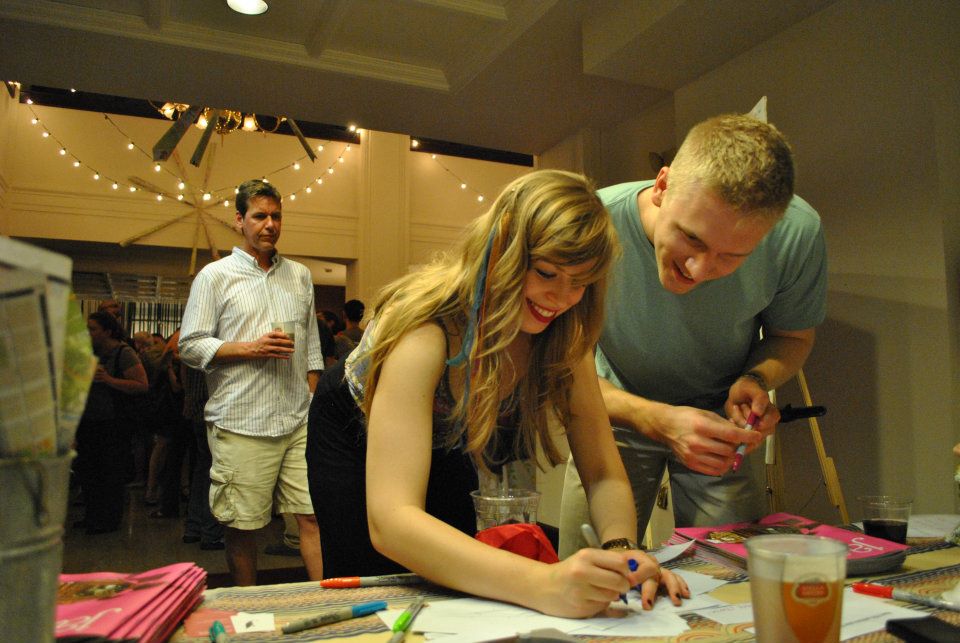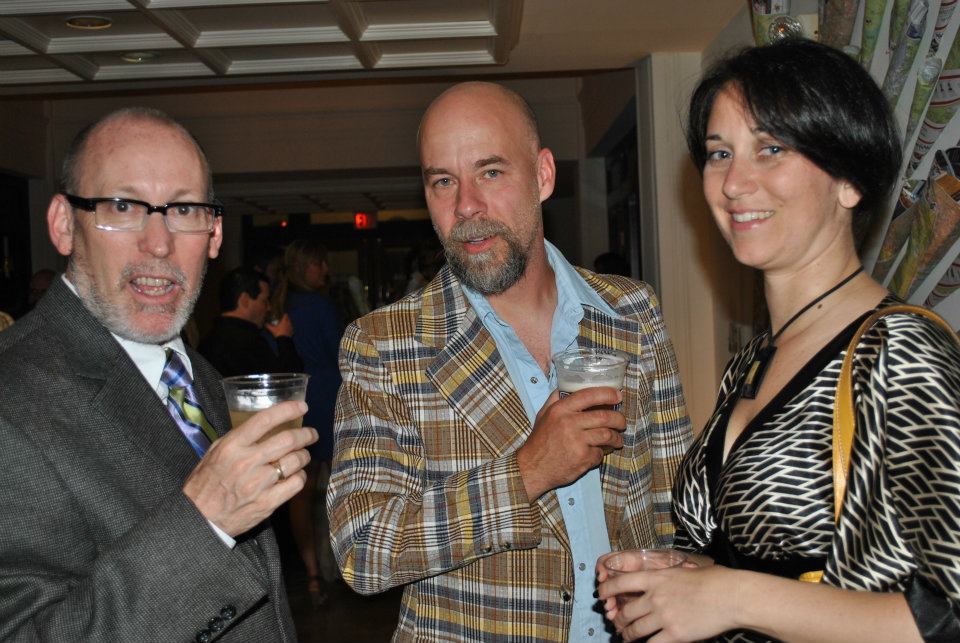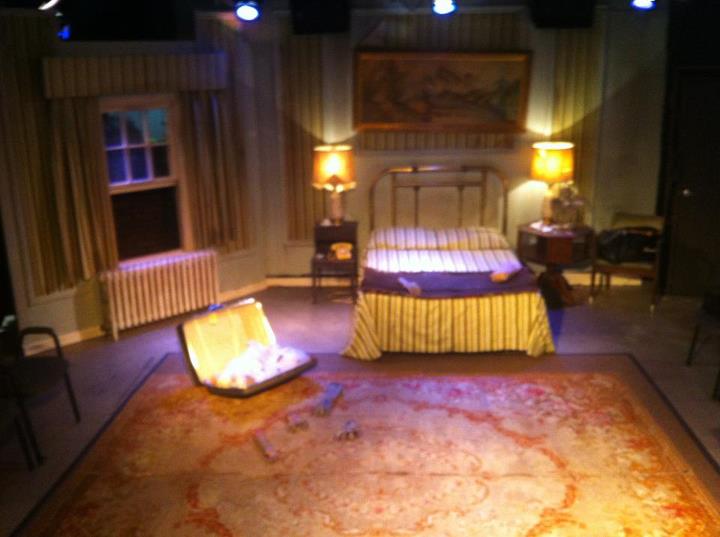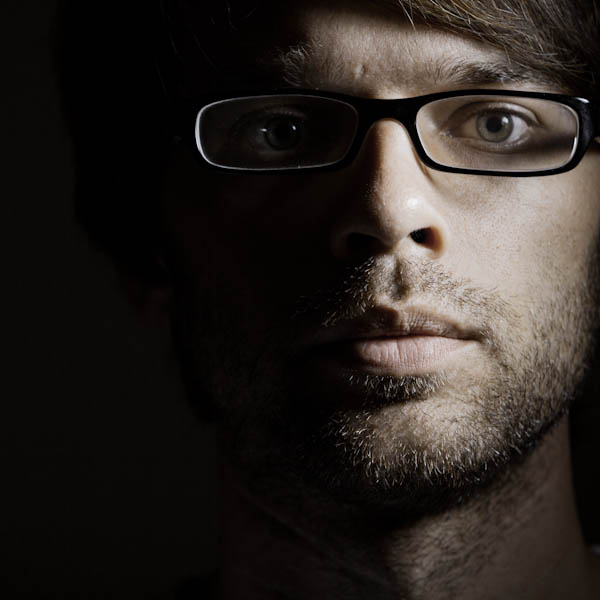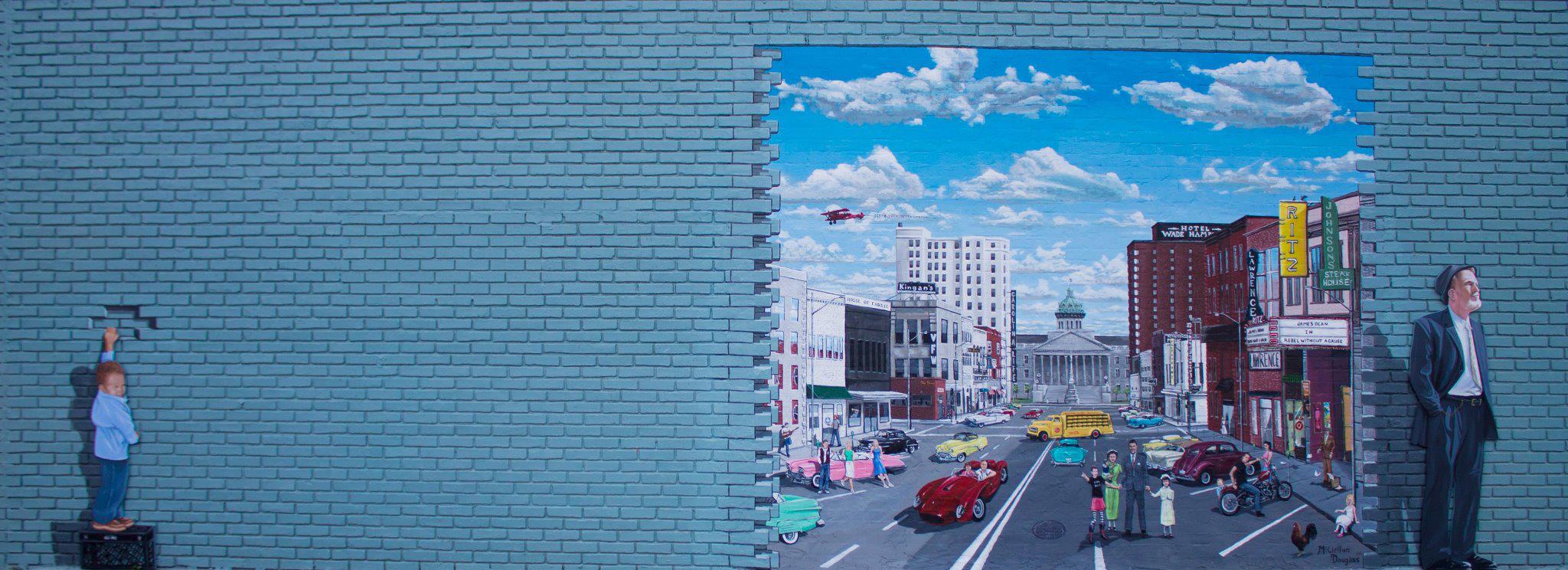 They got chills, they’re multiplying, and they’re losing control, ’cause the power they’re supplying, it’s electrifying. But that’s not Sandy and Danny from the show playing a few blocks away, but rather the characters in Sarah Ruhl’s Tony-nominated play In the Next Room or The Vibrator Play, which opened this past Friday at Trustus Theatre.
They got chills, they’re multiplying, and they’re losing control, ’cause the power they’re supplying, it’s electrifying. But that’s not Sandy and Danny from the show playing a few blocks away, but rather the characters in Sarah Ruhl’s Tony-nominated play In the Next Room or The Vibrator Play, which opened this past Friday at Trustus Theatre.
While not for all tastes or audiences, this show provides, dare I say, a stimulating and thought-provoking evening of theatrical entertainment, thanks to its talented cast and production staff.
Set in the late Victorian era, a time when scientific advances are outpacing societal ones, In the Next Room focuses on Mrs. Givings (her given name is Catherine, but almost all characters are referred to formally, even among husband and wife) and her husband, a brilliant and dedicated doctor who treats women for “hysteria.” However hard to believe in today’s (relatively) enlightened world, hysteria is basically a catch-all term for “acting crazy, like a woman,” and encompasses moodiness, depression, frustration, argumentativeness, self-doubt, sexual dysfunction, and even standing up for oneself. Dr. Givings nobly attempts to treat women (and the occasional man) via new technology, especially electric vibrators, which he believes relieve pressure, i.e. via orgasm.
This would seem awfully far-fetched, and on the level of burlesque, if it were not historically accurate. As Mrs. Givings, Sumner Bender takes on the complex leading role that she has long deserved. Using a sort of refined, Katharine Hepburn-like delivery, she is both regal and vulnerable, passionate yet repressed. Her rebelliousness manifests as no more than natural doubt as to her maternal abilities, the desire for reciprocal love in her marriage, and occasional “crazy” moments of running outside to make snow angels. In other words, she’s a normal, modern woman who finds herself in the 1880′s.
From the advance press and the set-up above, I assumed her husband would be depicted as a controlling chauvinist. Steve Harley, however, instead portrays Dr. Givings as a clinical and detached man of science, clearly in love with his wife, but a product of both his time and his own nature. Harley’s delivery is quite under-stated and therefore very believable and realistic, especially when the dialogue sometimes becomes very formal and polysyllabic. If that name looks familiar, he was in most of the great Trustus productions in the 90′s, and it’s a treat to see him here.
Among the supporting cast, the standout is Daniel Gainey, who plays a depressed artist who turns to the good doctor for help. “Hysteria is very rare in men,” Harley notes, “but then he is an artist.” Gainey’s bio indicates a background primarily in opera and operatic musical theatre, but he is quite the dramatic (and comedic) performer. He takes the prize for mastery of the flowery, 19th century verbal style, and his general demeanor and appearance really make you think he’s stepped right out of the pages of a Henry James novel.
Alexis Doktor’s costumes, the ultra-realistic and detailed scenic design by Andy Mills, and the detailed (and functioning) props by Nate Herring all contribute to the authentic period feel. I must note that one prop in particular provoked about 20 seconds of increasingly uncontrolled laughter from the audience on opening night (a phenomenon I can’t recall hearing/seeing ever before) and the cast gamely and proficiently held until everything died back down.
Director Ellen Douglas Schlaefer gets kudos for wrangling the script’s fairly intricate dialogue and making it all sound natural, and for creating nice tableaus on stage, when various things are happening in various rooms. In spite of some comic moments relating to the very notion of people using vibrators to solve their psychological problems, some of this play’s themes may be a little over the head of the average theatre-goer, who may just be looking for a good laugh. I was reminded in many ways of some of the social commentary in the work of George Bernard Shaw, and of the lush, period films of Ismail Merchant and James Ivory. The first act sometimes drags in between the funny parts, and while Gainey’s entrance in the second act considerably livens up the proceedings, things sometimes get awfully talky; with intermission, the show runs almost two and a half hours, and I would have been happy with about thirty minutes edited out. Still there are some thoughtful and important discussions on the nature of motherhood, marriage, and the inter-connectivity of art, science and humanity. At one point Gainey observes “I have loved enough women to know how to paint. If I had loved fewer I would be an illustrator; if I had loved more, I would be a poet.” You just don’t find more eloquent lines that that, and if someone told me that Oscar Wilde wrote that, I’d believe it.
Ruhl could have turned her play into a more overt feminist statement, or a broader sex comedy, but wisely takes the middle ground, which allows for a more satisfying conclusion. The more one is an enthusiast of history, or literature, or women’s and gender studies, the more one will embrace this production. For me, the attraction and enjoyment was much simpler: Ellen Douglas Schlaefer is back directing and Steve Harley is back acting at Trustus; Sumner Bender and Ellen Rodillo-Fowler (as another patient) get juicy roles on stage; mainstays Elena Martinez-Vidal and Stann Gwynn do their usual excellent work; everything is quite posh and spiffy, from the dialogue to the set itself. Which is more than good enough for me.
In the Next Room or The Vibrator Play runs three more weeks, through Sat. May 26th, including another matinee on Sun. May 20th. Call the box office at (803) 254-9732 for ticket information.
~ August Krickel
 City Art at 1224 Lincoln Street down in the Vista is doing something pretty cool.
City Art at 1224 Lincoln Street down in the Vista is doing something pretty cool.
